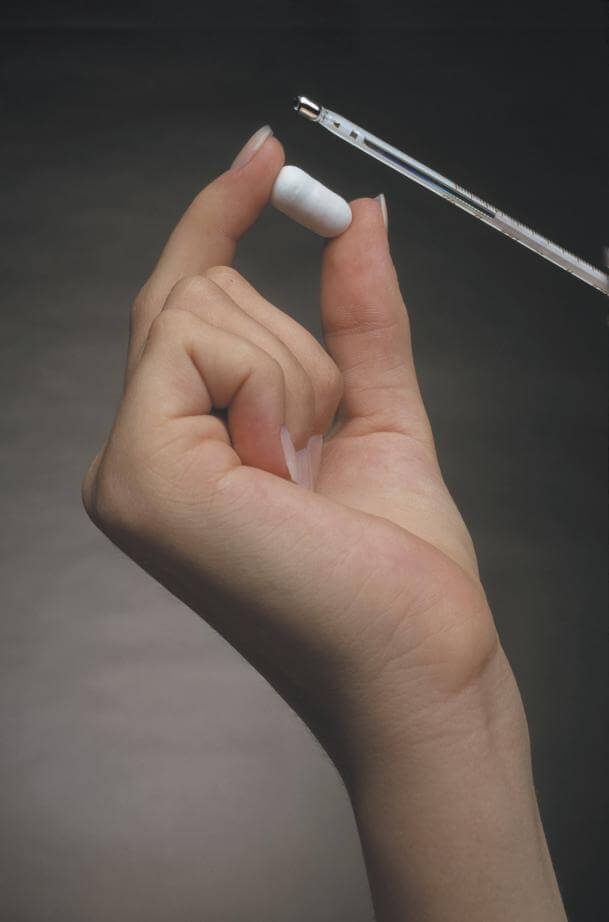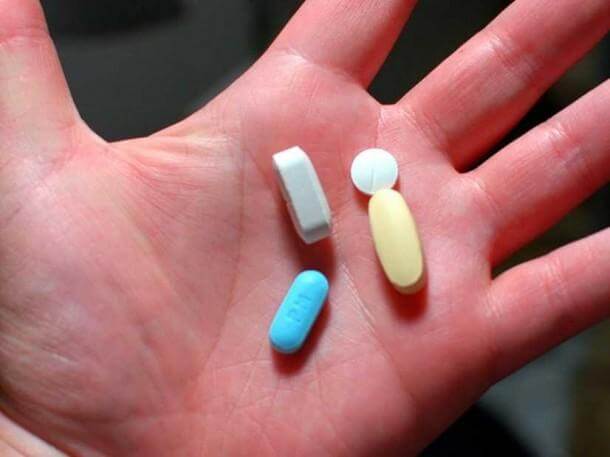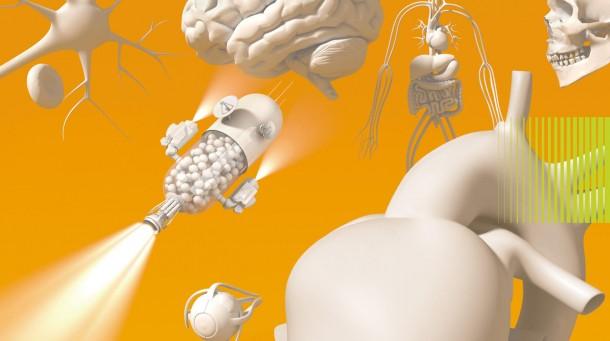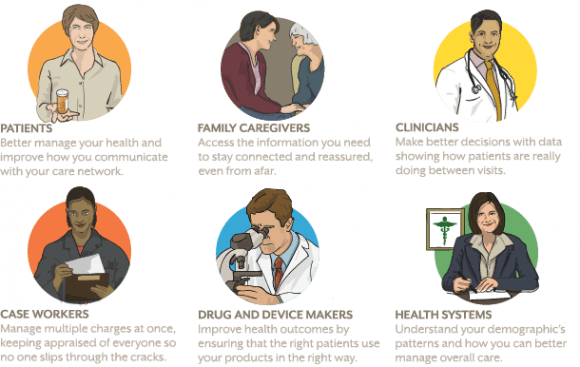 Imagine if on your next doctors visit, instead of going through all the examinations, your doctor simply handed you a pill and sent you on your way. But that’s the whole catch to it. They may look like normal pills, kind of like a daily vitamin pill. But they are in fact ingestible computers, which travel your system and report back data. It sounds like something straight out of science fiction, but is it really that far off?
Imagine if on your next doctors visit, instead of going through all the examinations, your doctor simply handed you a pill and sent you on your way. But that’s the whole catch to it. They may look like normal pills, kind of like a daily vitamin pill. But they are in fact ingestible computers, which travel your system and report back data. It sounds like something straight out of science fiction, but is it really that far off?
Even though, society still has its apprehensions regarding the privacy implications of wearable computers like Google Glass, scientists, researchers and some start-ups are already on their way to introduce to the world, an even more invasive wave of computing which just might be the next big thing in medical technology that is to say, ingestible computers and minuscule sensors stuffed inside pills. Although these tiny gadgets are not mainstream yet, people are already volunteering to test them by swallowing them in order to monitor a range of health data and wirelessly share this information with their doctor. To make things even more state of the art, efforts are under-way on prototypes of tiny, ingestible devices that can do things like automatically open car doors or fill in passwords.
 For people associated with hi-tech professions, especially astronauts, these pills have been in use for quite some time. But the bigger picture is to have the public see, what new doors this device unravels. And you never know, maybe in about a year or two, your family doctor could also have them in his medicinal kit. These pills are in fact tiny robots equipped with micro sensors and transmitters, disguised to look like ordinary pills. You swallow them with water, or milk or whatever you prefer, just like normal pills. The rest is for the device to do. The pills work their way to the stomach and stay intact as they travel through the intestinal tract.
For people associated with hi-tech professions, especially astronauts, these pills have been in use for quite some time. But the bigger picture is to have the public see, what new doors this device unravels. And you never know, maybe in about a year or two, your family doctor could also have them in his medicinal kit. These pills are in fact tiny robots equipped with micro sensors and transmitters, disguised to look like ordinary pills. You swallow them with water, or milk or whatever you prefer, just like normal pills. The rest is for the device to do. The pills work their way to the stomach and stay intact as they travel through the intestinal tract.
Referring to this new medical breakthrough, E. Schmidt, the executive chairman of Google said that even though it may seem like you’re taking an ordinary pill but you’ll in fact be swallowing a microscopic robot which will monitor your systems and wirelessly transmit all that happens inside your body. He added that if it makes the difference between health and death, we’re all going to want this thing.
One of the versions of these pills, made by Proteus Digital Health, a small company in Redwood City, California, does not even need a battery source but uses instead, the human body as an energy source. We’ve all done that potato powered light bulb experiment in school. This is more or less the same thing. Proteus has added magnesium and copper on each side of its tiny sensor, which generates just enough electricity from stomach acids. The pill contains a sensor that interacts with stomach fluid, as it settles to the bottom of the stomach and sends a signal to a patch worn on the torso. The patch transmits information about the type of pill and when it was ingested to a nearby smartphone, along with physiological data, including heart rate and activity level, medication-taking behaviours and monitor how a patient’s body responds to a specific medicine. It can even detect the person’s movements and rest patterns.
Executives at the company, which recently raised $62.5 million from investors, say they believe that these pills will help patients with physical and neurological problems. People with heart failure-related issues could keep a check on their blood flow and body temperature while those with central nervous system problems, such schizophrenia and Alzheimer’s disease, could take these pills to monitor vital signs in real time, The Proteus pill has been approved by The Food and Drug Administration last year.
A pill known as the CorTemp Ingestible Core Body Temperature Sensor, made by HQ Inc. in Palmetto, Florida., has a been designed to have built-in battery and thus wirelessly transmits information regarding body temperature as it travels through a patient.
The device has been used by Firefighters, football players, soldiers and astronauts to enable their employers to monitor their body temperatures for safety and health purposes. CorTemp was inaugurated in 2006 as a research collaboration from the Johns Hopkins University, Applied Physics Laboratory and the National Oceanic and Atmospheric Administration.
According to marketing director Lee Carbonelli, HQ’s, the company hoped, in the coming year, to develop a consumer version of this gadget that would wirelessly communicate to a smartphone app.
 Future generations of these pills could even be convenience tools. For instance Regina Dugan, senior vice president for Motorola Mobility’s advanced technology and projects group, displayed an example, along with wearable radio frequency identification tattoos that attach to the skin like body stickers, at the All Things Digital technology conference.
Future generations of these pills could even be convenience tools. For instance Regina Dugan, senior vice president for Motorola Mobility’s advanced technology and projects group, displayed an example, along with wearable radio frequency identification tattoos that attach to the skin like body stickers, at the All Things Digital technology conference.
It is hence pretty clear that on all sides of this particular equation, possibilities abound. With some proper protective measures, both legal and practical, the idea of swallowing a computer to do just what it needs to do may not be so out of line.




